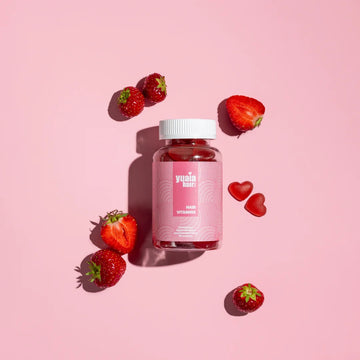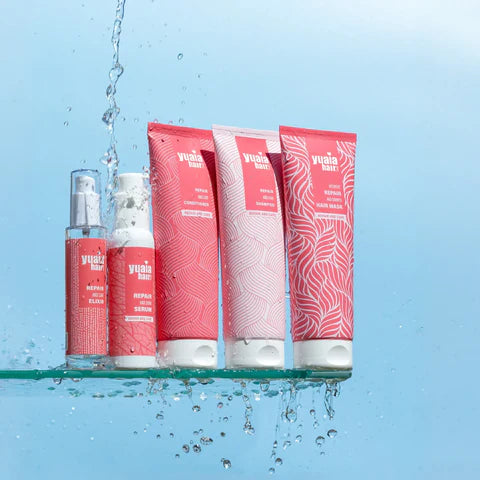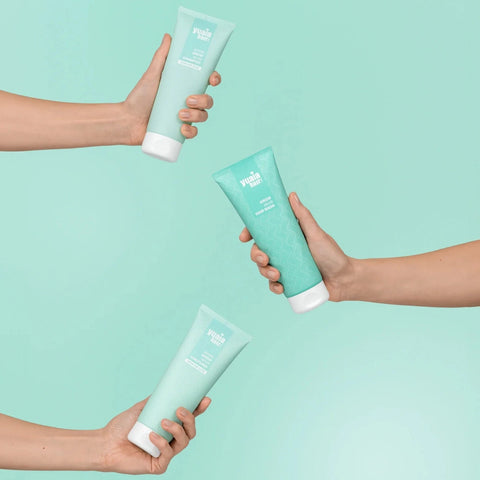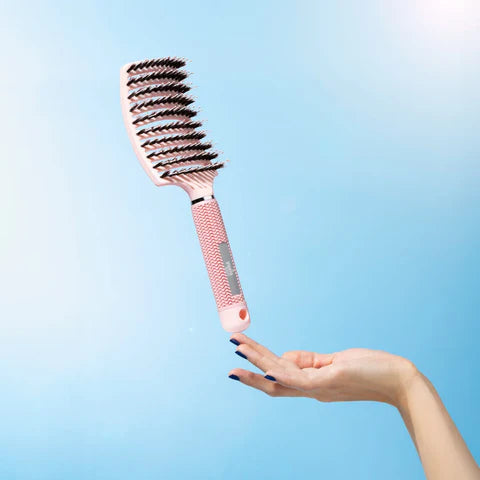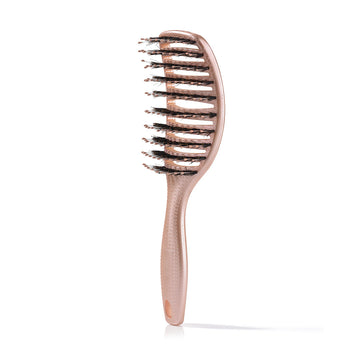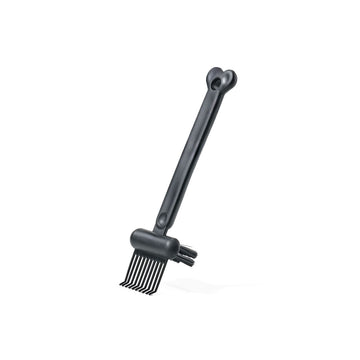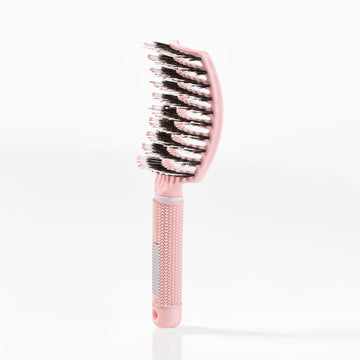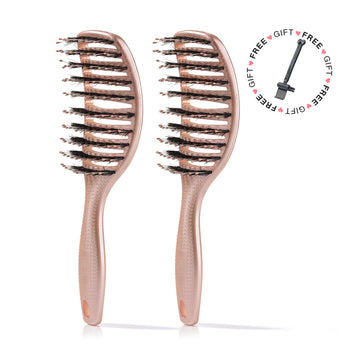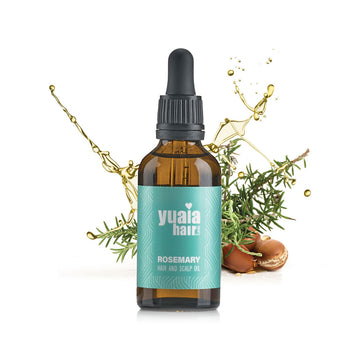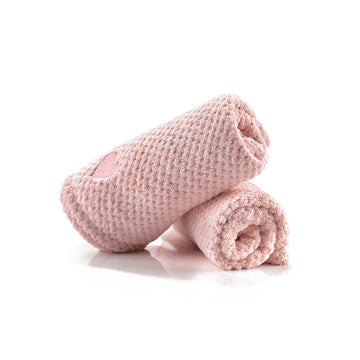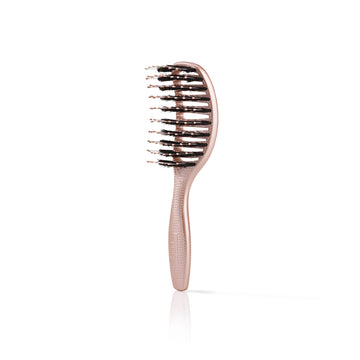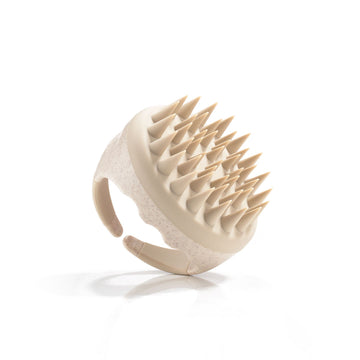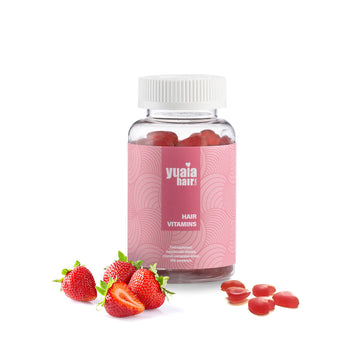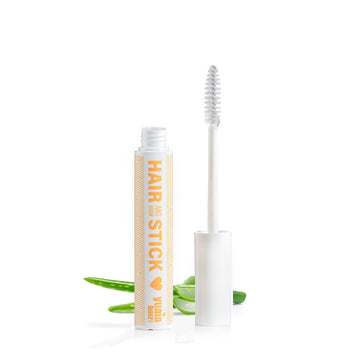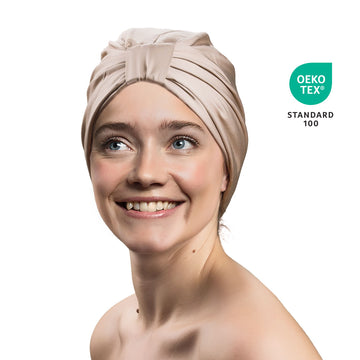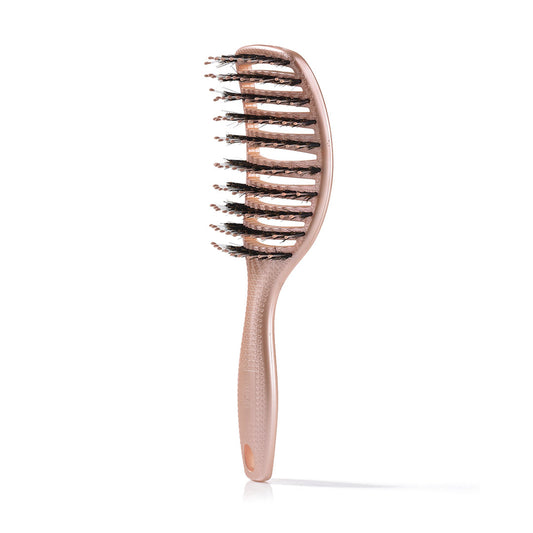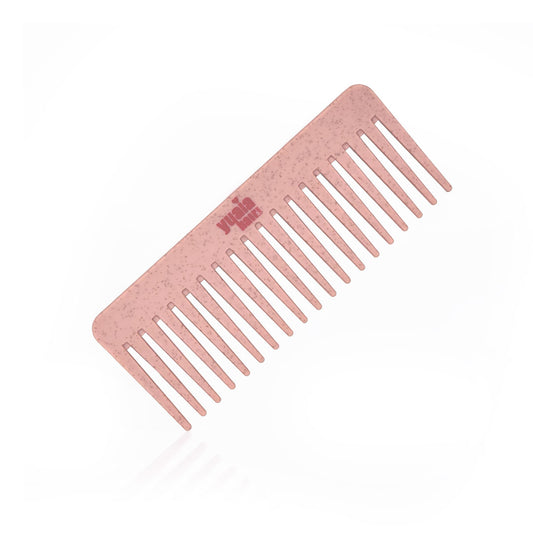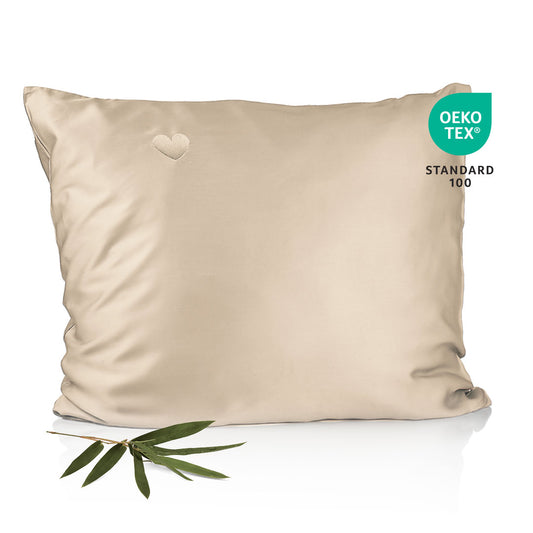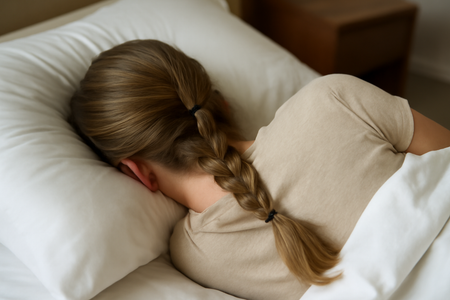
The 4-step bedtime routine
To prevent hair from matting while you sleep, it’s essential to establish a tailored bedtime routine. This routine should focus on gentle detangling, moisture, protective styling, and reducing friction. Here's how you can achieve that:
Gentle detangling
Detangling your hair before bed is a vital step in preventing matting. Use a brush or comb that suits your hair type. For those with thicker hair, a wide-toothed comb can help gently remove knots without causing breakage. This process not only minimizes tangles but also helps distribute natural oils, leaving your hair smoother and more manageable.
Moisturizing techniques
Keeping your hair hydrated reduces the risk of dryness and matting. Depending on your hair type, choose between leave-in conditioners, oils, or hair masks. For instance, applying a light layer of our rosemary hair oil can help lock in moisture without weighing your hair down. It's ideal for those seeking a nourishing option that supports hair health while you sleep.
Protective hairstyles
Opting for protective hairstyles like loose braids or a top bun can significantly minimize tangles. These styles help keep your hair contained, reducing the friction it experiences against your pillowcase. Remember to avoid tight elastics that can cause tension and breakage. Instead, use silk scrunchies that are gentle on your hair.
Friction reduction
Reducing friction while you sleep is crucial to preventing matting. Consider using a bamboo pillowcase, which offers a smooth surface that decreases tugging and knotting. Alternatively, wrapping your hair in a silk or satin scarf can provide similar benefits, ensuring you wake up with smoother, tangle-free hair.
Customized care for different hair types
Your hair type plays a significant role in determining the best approach to prevent matting. Tailoring your routine to suit your specific needs can enhance its effectiveness.
Fine/straight hair
For those with fine or straight hair, using ultra-light leave-in products can help maintain moisture without adding weight. A loose top bun secured with a silk scrunchie is an excellent choice to keep your hair in place without causing tension.
Wavy/curly/coily hair
If you have wavy, curly, or coily hair, the pineapple method or braid-outs can be beneficial. These styles help maintain your hair's natural pattern while minimizing friction. Avoid using dry cotton fabrics that can increase dryness and frizz.
Damaged/chemically treated hair
For damaged or chemically treated hair, maintaining a balance between protein and moisture is important. Avoid going to bed with wet hair, as this can lead to increased friction and matting. Instead, ensure your hair is completely dry before sleeping.
Extensions and protective styles
If you wear extensions or protective styles, securing them in loose braids can prevent matting at the attachment points. Regular maintenance is key to ensuring your extensions remain in good condition and don't contribute to tangles.
Weekly hair care boosters
Enhancing your weekly hair care routine with a few targeted practices can support your nightly efforts to prevent matting. A cold rinse at the end of your shower can help seal the hair cuticles, reducing the chances of tangling. This simple step smooths the hair surface, making it less prone to friction-related issues.
In addition to cold rinses, incorporating hair masks and scalp treatments into your weekly routine can significantly boost your hair's health. These treatments provide deep hydration and nourishment, helping to maintain the moisture balance that is essential for preventing matting. Whether you choose a hydrating mask or a nourishing scalp treatment, these boosters will enhance your overall hair care regimen.
Common mistakes to avoid
To keep your hair from matting while you sleep, it's important to avoid certain common mistakes. One of the most frequent errors is going to bed with wet hair. Damp hair is more susceptible to friction and tangling, so ensure your hair is completely dry before hitting the pillow.
Another mistake is using tight elastics to secure your hair. These can cause tension and breakage, leading to more tangles. Opt for gentle alternatives like silk scrunchies, which are kinder to your hair.
For those with fine hair, applying heavy oils can weigh it down and increase the risk of matting. Choose lightweight products that provide hydration without adding unnecessary weight.
Frequently asked questions
Silk vs. satin: What’s the difference?
Both silk and satin are smooth fabrics that reduce friction, but they differ in material composition. Silk is a natural fiber, while satin is a weave that can be made from various materials, including polyester. Both are effective in minimizing hair matting, but silk is often preferred for its natural properties.
How loose is "loose" for protective hairstyles?
When creating a protective hairstyle, aim for a level of looseness that keeps your hair secure without causing tension. A loose braid or bun should hold your hair in place but still allow for some movement to avoid stress on the hair follicles.
Can you sleep in a hair mask?
Sleeping in a hair mask can provide deep conditioning benefits, but it's important to use a light application to avoid product buildup. Protect your bedding by using a towel or shower cap, and choose a mask that is safe for overnight use to prevent any potential damage to your hair or scalp.
 2-4 day UK delivery
2-4 day UK delivery
 25.000+ satisfied customers
25.000+ satisfied customers
 Satisfaction Guarantee
Satisfaction Guarantee

